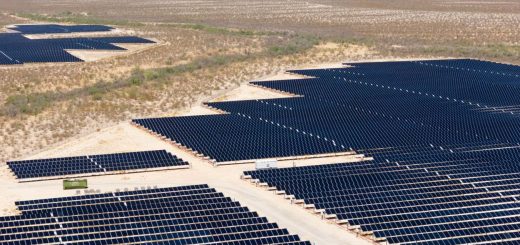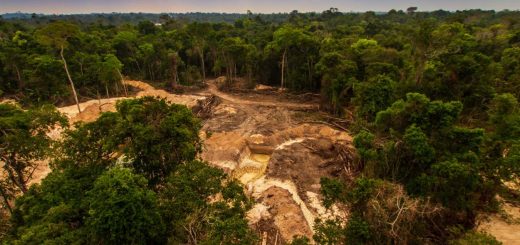Ancient people of Easter Island made return trips to South America
DNA analysis shows that people from Easter Island had contact with Indigenous Americans around the 1300s, and finds there was no population crash before the arrival of Europeans
By James Woodford
11 September 2024
Easter Island’s famous moai statues
Tero Hakala/Shutterstock
DNA analysis of ancient remains from Easter Island shows that the population was in fact increasing when Europeans arrived, rather than collapsing as reported by some historical accounts.
The results also show that there were interactions between the residents of the island and those of South America long before the arrival of Europeans. Both the island and its people are also known as Rapa Nui.
Read more
How ghost cities in the Amazon are rewriting the story of civilisation
Advertisement
Located in the Pacific Ocean 3500 kilometres from South America, Rapa Nui is one of the most remote inhabited islands on Earth. Polynesian people began settling there around AD 1200, when its 164 square kilometres were covered in palm forests.
By the time Europeans arrived in 1722, the vegetation had been largely destroyed by a combination of rats and overharvesting. The history of the island has often been portrayed as an example of unsustainable ecological exploitation and population growth followed by collapse.
In the latest study, J. Víctor Moreno-Mayar at the University of Copenhagen, Denmark, and his colleagues looked at 15 sets of human remains kept at the National Museum of Natural History in Paris, France, collected by expeditions in 1877 and 1935.


